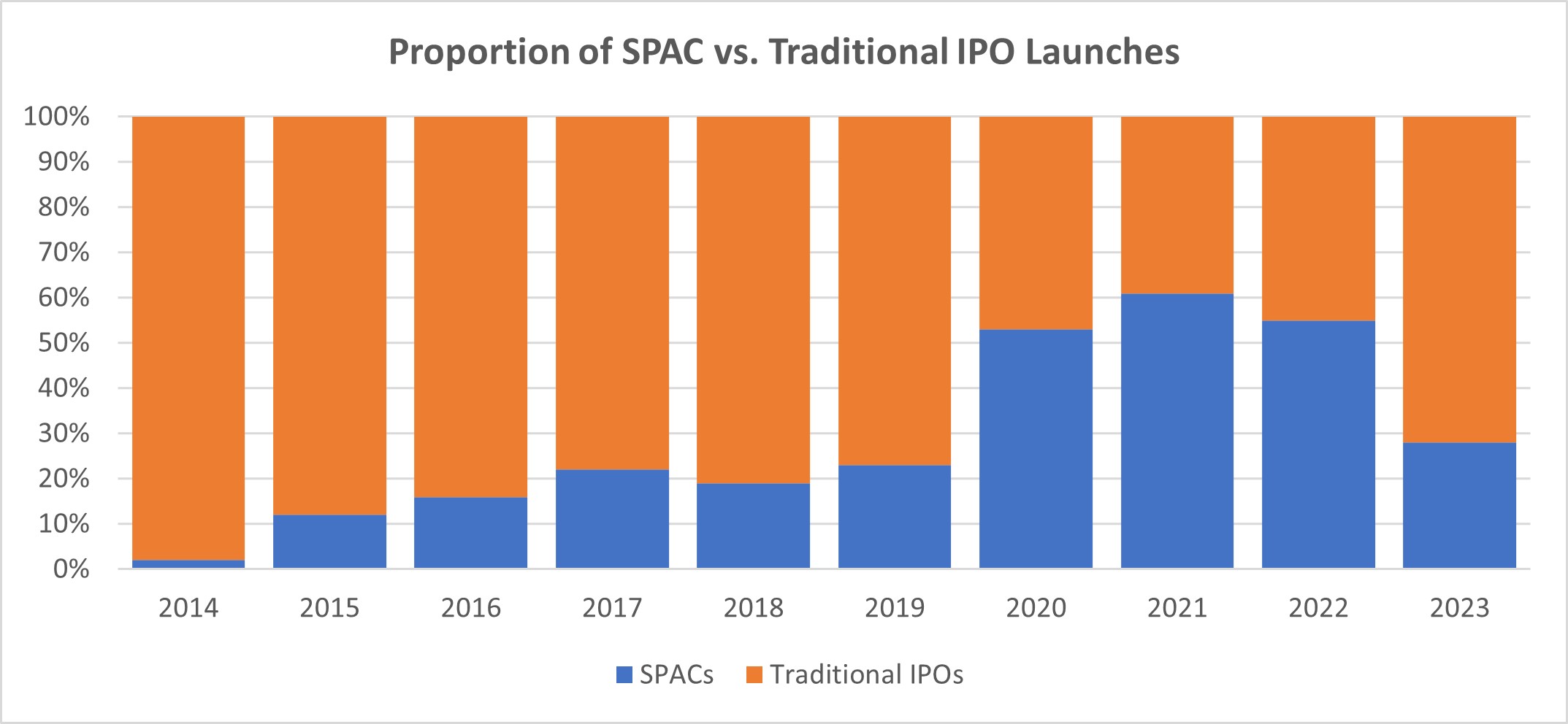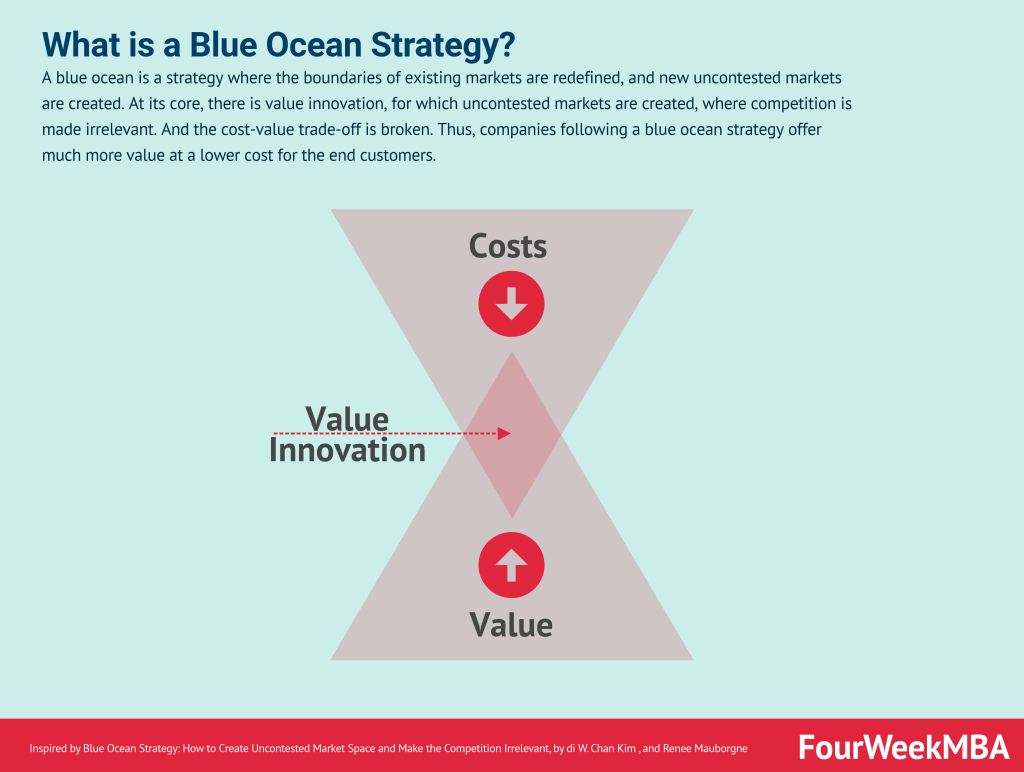Is Uber's Investment In Self-Driving Cars A Smart Move?

Table of Contents
The Potential Benefits of Autonomous Vehicles for Uber
The promise of self-driving cars offers Uber a compelling pathway to significant advancements and increased profitability. The potential benefits are substantial, impacting operational efficiency, customer experience, and market reach.
Reduced Operational Costs
One of the most significant potential advantages of autonomous vehicles is the reduction in operational costs. This comes from several key areas:
- Lower driver wages: Eliminating the need for human drivers represents a massive cost saving for Uber. Driver salaries and benefits account for a significant portion of its operating expenses.
- Fewer accidents: Self-driving cars have the potential to significantly reduce accidents caused by human error. This translates to lower insurance premiums and reduced payouts related to accidents. Studies suggest that autonomous vehicles could decrease accident rates by up to 90%, leading to substantial cost savings for Uber.
- 24/7 operation without driver fatigue: Autonomous vehicles can operate continuously, unlike human drivers who require breaks and rest periods. This increased vehicle utilization can significantly improve efficiency and profitability. This also allows for increased service availability during peak hours or in underserved areas.
Enhanced Customer Experience
Self-driving cars offer the potential for a significantly improved customer experience. Key enhancements include:
- Smoother rides: Autonomous driving systems can provide smoother, more consistent rides, reducing the jarring effects of sudden braking and acceleration often associated with human drivers.
- More consistent service: The removal of human variability leads to a more standardized and predictable ride experience.
- Enhanced safety features: Autonomous vehicles can incorporate advanced safety features like automatic emergency braking, lane keeping assist, and advanced driver-assistance systems (ADAS), leading to safer journeys.
- Improved in-car entertainment: Passengers can utilize the ride time for work, relaxation, or entertainment without the need to focus on the road.
Expansion into New Markets
Autonomous vehicles can unlock new market opportunities for Uber, particularly in areas currently underserved:
- Reaching rural areas: The ability to operate without human drivers makes it economically viable to provide ride-sharing services in rural areas with limited driver availability.
- Providing services in underserved communities: Autonomous vehicles can help address transportation challenges in communities lacking sufficient public transportation options.
- Expanding into new geographic markets: Uber can explore new markets with challenging terrain or limited driver pools.
The Challenges and Risks Associated with Self-Driving Technology
Despite the potential benefits, the transition to autonomous vehicles presents substantial hurdles:
Technological Hurdles
Developing fully reliable and safe self-driving technology is a significant technological challenge:
- Addressing edge cases in driving scenarios: Autonomous systems need to handle unexpected situations and unpredictable behaviors of other road users.
- Ensuring cybersecurity: Protecting autonomous vehicles from hacking and malicious attacks is crucial to prevent accidents and data breaches.
- Overcoming weather-related challenges: Adverse weather conditions like heavy rain, snow, or fog can significantly impact the performance of sensor systems, requiring robust solutions.
- Managing unexpected events: Handling unexpected events, such as sudden road closures or accidents, requires sophisticated decision-making capabilities.
Regulatory and Legal Issues
The legal and regulatory landscape surrounding autonomous vehicles is complex and evolving:
- Insurance regulations: Determining liability in accidents involving autonomous vehicles requires new insurance frameworks.
- Data privacy concerns: Autonomous vehicles collect vast amounts of data, raising concerns about data privacy and security.
- Liability in accidents involving autonomous vehicles: Establishing clear legal responsibility in case of accidents is crucial for public acceptance and legal certainty.
- Obtaining necessary permits and licenses: Navigating the regulatory approvals process for deploying autonomous vehicles can be a lengthy and complex process.
High Development and Implementation Costs
The financial investment required for developing, testing, and deploying self-driving technology is substantial:
- R&D expenses: Research and development in AI, sensor technology, and mapping represent substantial upfront costs.
- Infrastructure investments (charging stations): The deployment of electric autonomous vehicles requires investment in charging infrastructure.
- Ongoing maintenance and updates: Software updates and maintenance are ongoing costs associated with autonomous vehicle fleets.
The Competitive Landscape and Uber's Position
Uber faces stiff competition in the autonomous vehicle sector:
Competition from Other Tech Giants
Several tech giants are investing heavily in self-driving technology, creating a highly competitive landscape:
- Competitive advantages and disadvantages of Uber's approach: Uber's existing ride-sharing network provides a significant advantage in data collection and user base, but its technological expertise needs to be compared with that of established autonomous vehicle companies.
- Market share analysis: Analyzing the current market share and potential future growth of various players is crucial in assessing Uber's competitive position.
- Potential partnerships and collaborations: Strategic partnerships can provide access to critical technologies or expertise, playing a vital role in competitiveness.
Strategic Partnerships and Acquisitions
Uber has engaged in strategic partnerships and acquisitions to enhance its autonomous vehicle capabilities:
- Examples of key partnerships or acquisitions: Analyzing Uber's strategic moves and the technologies acquired helps understand the company's approach to the self-driving car market.
- Their impact on technology development and market reach: Assessing the outcomes of these strategic decisions is critical to evaluate their effectiveness.
Conclusion
Uber's investment in self-driving cars presents both significant opportunities and substantial risks. The potential for reduced operational costs, enhanced customer experience, and expansion into new markets is undeniable. However, overcoming technological hurdles, navigating regulatory complexities, and competing with established players in the autonomous vehicle sector will require significant investment and expertise. The high development costs and uncertainties surrounding the technology's long-term viability represent considerable challenges. Ultimately, the success of Uber's self-driving car venture will depend on its ability to effectively manage these challenges and capitalize on the potential rewards.
So, is Uber's investment in self-driving cars ultimately a smart move? The answer remains uncertain. The future of ride-sharing and autonomous vehicle technology is far from clear. What are your thoughts? Share your opinions and join the discussion on the future of autonomous vehicle technology and the potential impact of self-driving technology investment on the ride-sharing industry.

Featured Posts
-
 Bitcoin Price Forecast Evaluating The Potential Impact Of Trumps Economic Plans
May 08, 2025
Bitcoin Price Forecast Evaluating The Potential Impact Of Trumps Economic Plans
May 08, 2025 -
 Flamengo Campeon Mira El Impresionante Gol De Arrascaeta En La Taca Guanabara
May 08, 2025
Flamengo Campeon Mira El Impresionante Gol De Arrascaeta En La Taca Guanabara
May 08, 2025 -
 Liga De Quito Y Flamengo Empatan En Thrilling Copa Libertadores Match
May 08, 2025
Liga De Quito Y Flamengo Empatan En Thrilling Copa Libertadores Match
May 08, 2025 -
 Ps 5 Pro Upgrade What We Know So Far
May 08, 2025
Ps 5 Pro Upgrade What We Know So Far
May 08, 2025 -
 Andor Season 2 A Rogue One Star Reveals How It Will Rewrite Star Wars History
May 08, 2025
Andor Season 2 A Rogue One Star Reveals How It Will Rewrite Star Wars History
May 08, 2025
Latest Posts
-
 The Great Decoupling Rethinking Globalization And Trade
May 09, 2025
The Great Decoupling Rethinking Globalization And Trade
May 09, 2025 -
 Is This Hot New Spac Stock A Smart Investment Comparing It To Micro Strategy
May 09, 2025
Is This Hot New Spac Stock A Smart Investment Comparing It To Micro Strategy
May 09, 2025 -
 110 Potential Return Why Billionaires Are Investing In This Black Rock Etf
May 09, 2025
110 Potential Return Why Billionaires Are Investing In This Black Rock Etf
May 09, 2025 -
 Is The Great Decoupling Inevitable Examining The Evidence
May 09, 2025
Is The Great Decoupling Inevitable Examining The Evidence
May 09, 2025 -
 Wall Street Predicts 110 Growth For This Billionaire Backed Black Rock Etf In 2025
May 09, 2025
Wall Street Predicts 110 Growth For This Billionaire Backed Black Rock Etf In 2025
May 09, 2025
